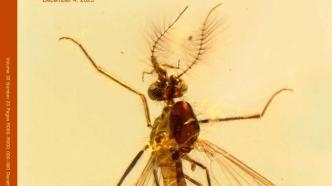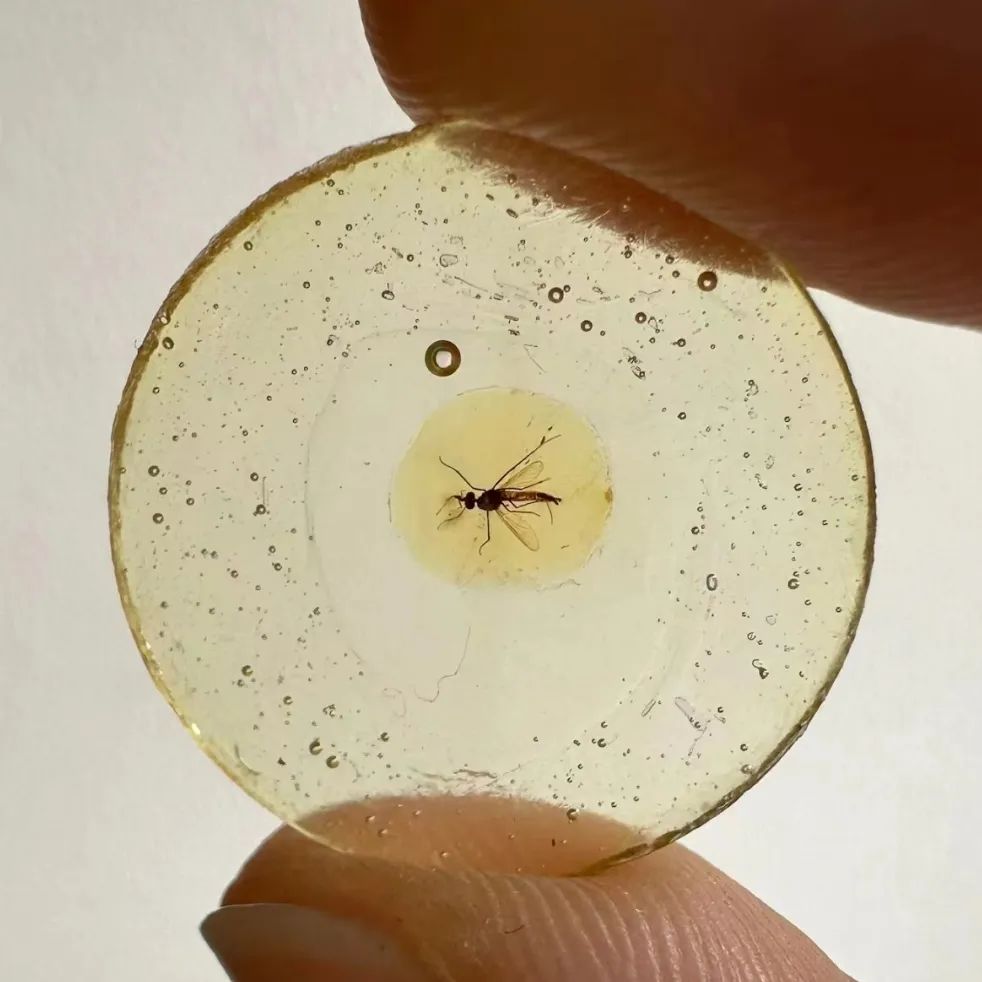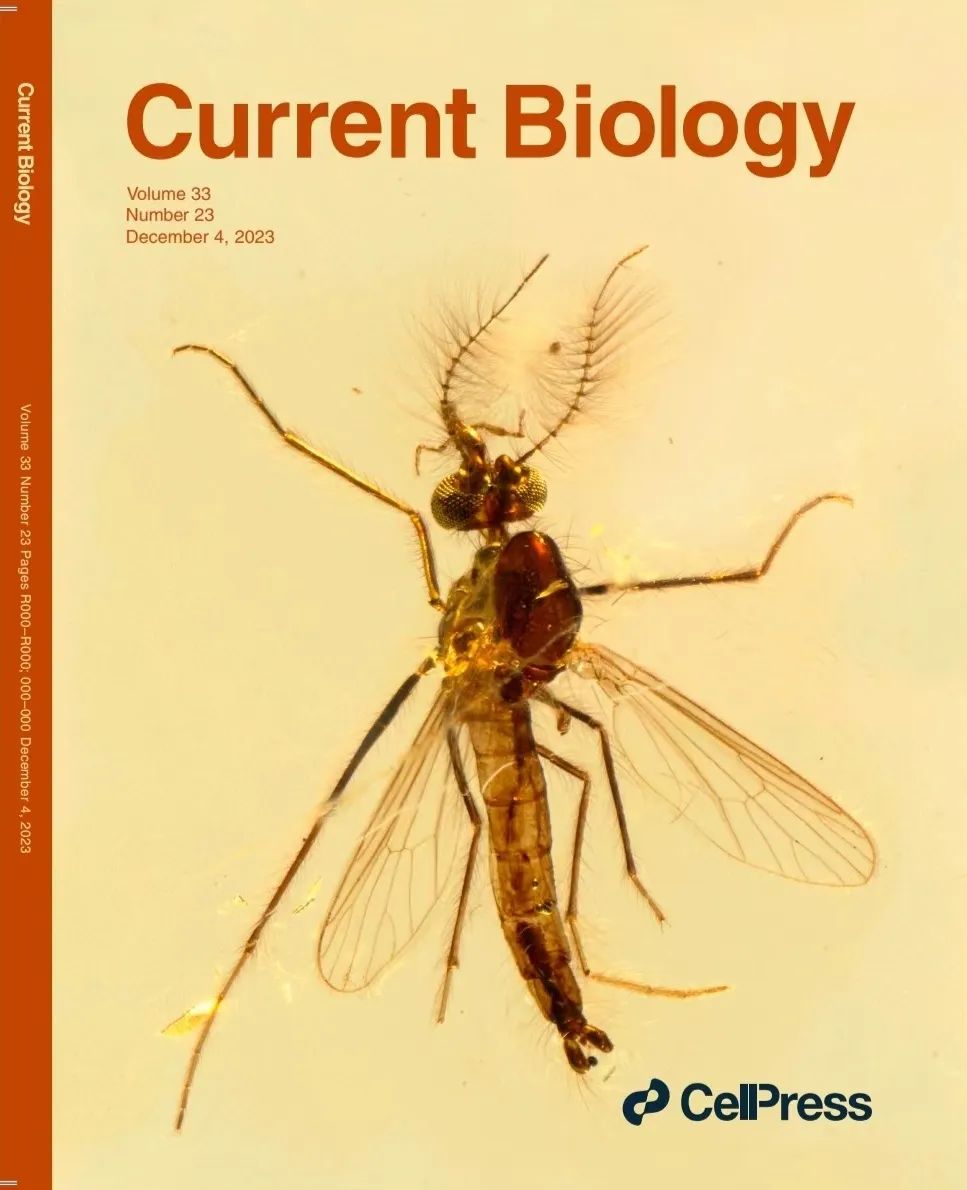

Lebanese Amber. In amber, this male mosquito from about 130 million years ago was found to have piercing and sucking mouthparts. Today's male mosquitoes have vestigial mouthparts.
Mosquitoes are considered one of the most notorious "killer" animals because they transmit diseases such as malaria and dengue fever when sucking blood.
For a long time, people have believed that only female mosquitoes suck blood, while male mosquitoes have degenerated mouthparts and mostly feed on floral nectar.
But a newly published research paper claims that the oldest known mosquito fossils show that male mosquitoes also originally sucked blood. Two male mosquitoes preserved in Lebanese amber dating back about 130 million years ago have piercing and sucking mouthparts.
On December 4, the international academic journal Current Biology published the aforementioned paper online. The research was led by Dany Azar, a Lebanese researcher at the Nanjing Institute of Geology and Palaeontology, Chinese Academy of Sciences.
The blood-sucking behavior of insects is thought to have evolved from feeding on plant sap. For example, blood-sucking fleas likely originated from insects that fed on nectar. But the evolution of blood-sucking behavior has been difficult to study, in part because of gaps in the insect fossil record.
Today, the family Culicidae includes more than 3,000 different types of mosquitoes, but our understanding of their origins and early evolution is extremely limited.
Lebanese amber from the Early Cretaceous preserves the oldest known amber biota. After years of hard field work, Danny Azar discovered nearly 500 Lebanese amber origins. The results of this research come from two pieces of amber that preserved mosquitoes.
Through careful observation with advanced scientific instruments such as laser confocal microscope and fluorescence microscope at the Nanjing Institute of Geology and Palaeontology, Chinese Academy of Sciences, the researchers found that both male mosquitoes preserved unique piercing-sucking mouthparts: including a sharp triangular lower jaw and an extended A structure with small teeth, etc. Today, female mosquitoes have piercing-sucking mouthparts for sucking blood, while male mosquitoes have vestigial mouthparts. Based on the piercing-sucking mouthparts of male mosquitoes discovered this time, researchers speculate that 130 million years ago, male mosquitoes were also blood-sucking insects.
Although molecular biological evidence suggests that Culicidae originated in the older Jurassic, the earliest fossil record of Culicidae in the past comes from the mid-Cretaceous period about 100 million years ago. The two male mosquitoes in the amber fossils discovered this time are about 130 million years old, advancing the fossil record of mosquitoes by nearly 30 million years.
The research was led by Danny Azar and was completed in collaboration with Professor A. Nel of the French Museum of Natural History, Huang Diying, a researcher at the Nanjing Institute of Paleontology, and M. Engel, a professor of the American Museum of Natural History.
